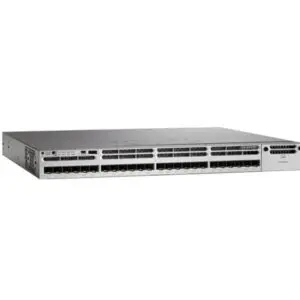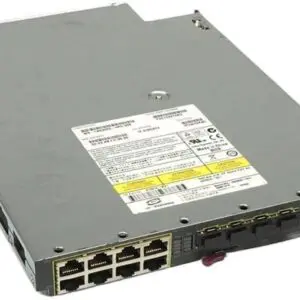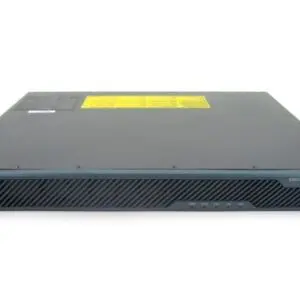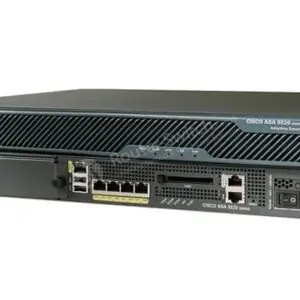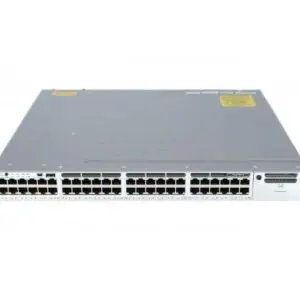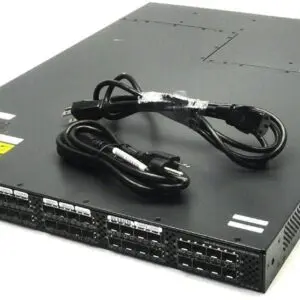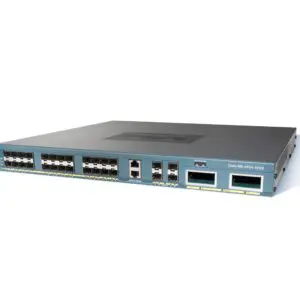Switch Cisco
A Cisco switch is a network device designed to forward and manage data traffic across a local area network (LAN) or a wider enterprise network. Here are the key aspects of a Cisco switch:
1. **Packet Forwarding**: A Cisco switch acts at the data link layer of the OSI model (or layer 2 of the TCP/IP model), forwarding data packets between devices connected to the network. It uses Media Access Control (MAC) addresses to determine which port to send packets to.
2. **Ethernet Ports**: Cisco switches have multiple Ethernet ports that allow you to connect network devices such as computers, servers, printers, IP phones, and other switches. Ethernet ports can vary in speed (e.g., 1Gbps, 10Gbps) and technology (e.g., copper Ethernet, fiber optics).
3. Traffic Management: Cisco switches offer advanced traffic management features, such as Virtual Local Area Networks (VLANs), which segment the network into logical groups to improve performance and security. They also support features such as QoS (Quality of Service) to prioritize certain types of traffic.
4. Stacking and Redundancy: Some Cisco switch models support stacking, which allows multiple switches to be interconnected to create a single logical network. This simplifies management and increases network capacity. In addition, many Cisco switches support redundancy features such as redundant power supplies and redundant uplink links.
5. Management and Monitoring: Cisco switches can be managed remotely through a command-line interface (CLI) or a graphical user interface (GUI). They offer advanced monitoring features, such as Simple Network Management Protocol (SNMP), to monitor the performance and operational status of the switch and connected devices.
6. Security: Cisco switches include advanced security features to protect the network from threats, such as port authentication, access control lists (ACLs), and intrusion detection. This helps protect data and the privacy of information transmitted over the network.
In summary, a Cisco switch is a fundamental component in local and enterprise networks, enabling efficient connectivity and data routing between network devices. It offers a wide range of features to improve network performance, security, and reliability.
Showing 1–12 of 31 results


